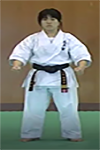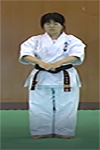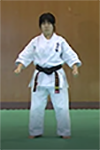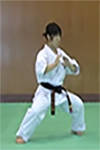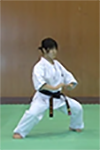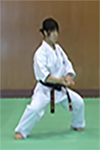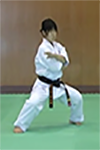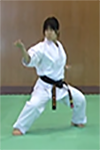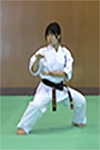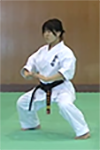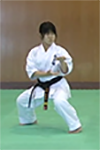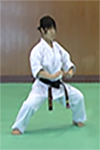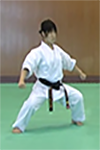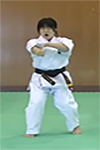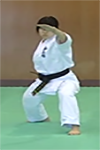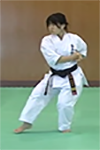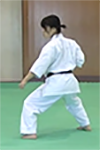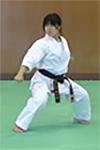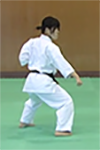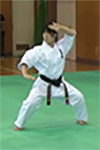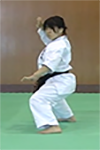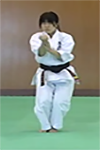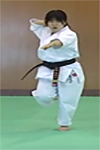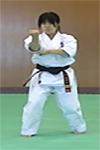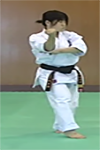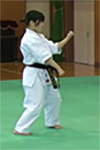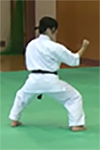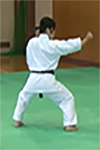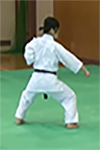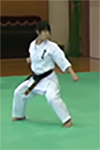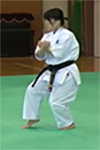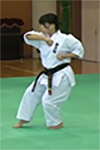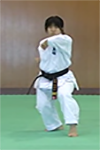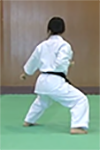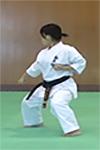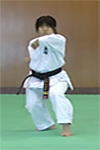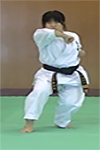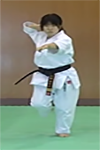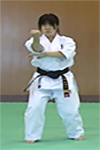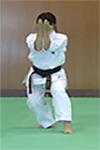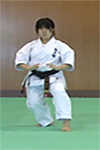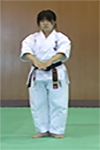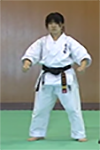Seienchin - 征遠鎮
Kanryo Higaonna had many notable students, including Chojun Miyagi (founder of Goju-Ryu and teacher of Gogen Yamaguchi) and Kenwa Mabuni (founder of Shito-Ryu). Both of these masters would have learnt the Kata from him and
Known as the
Seienchin - 征遠鎮
video
instructions
Video
source Youtube
Documentation
Kihon Waza
Dachi Waza
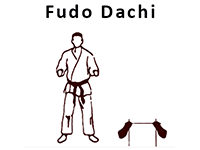 Fudo Dachi
Fudo Dachi
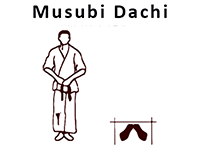 Mosubi Dachi
Mosubi Dachi
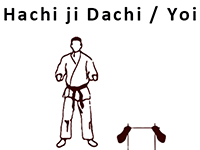 Joi Dachi
Joi Dachi
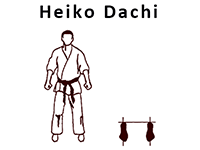 Heiko Dachi
Heiko Dachi
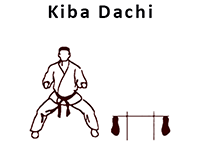 Kiba Dachi
Kiba Dachi
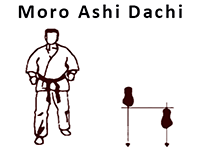 Moro Ashi Dachi
Moro Ashi Dachi
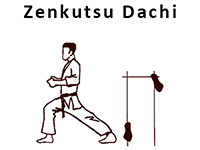 Zenkutsu Dachi
Zenkutsu Dachi
 Kokutsu Dachi
Kokutsu Dachi
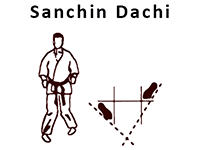 Sanchin Dachi
Sanchin Dachi
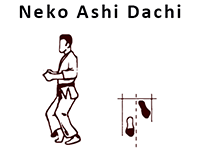 Neko Ashi Dachi
Neko Ashi Dachi
Te Waza
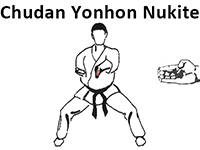 Chudan Yonhon Nukite
Chudan Yonhon Nukite
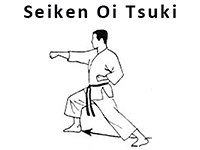 Seiken Chudan Oi Tsuki
Seiken Chudan Oi Tsuki
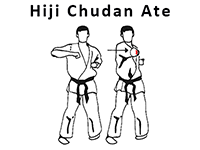 Hiji Chudan Ate
Hiji Chudan Ate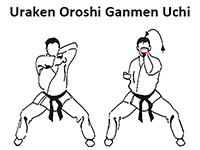 Uraken Oroshi Ganmen Uchi
Uraken Oroshi Ganmen Uchi
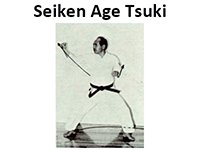 Seiken Jodan Age Tsuki
Seiken Jodan Age Tsuki
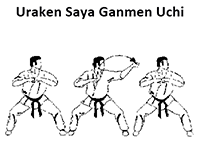 Uraken Sayu Ganmen Uchi
Uraken Sayu Ganmen Uchi
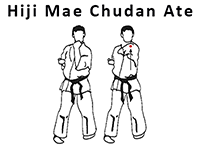 Hiji Mae ChudanAte
Hiji Mae ChudanAte
Uke Waza
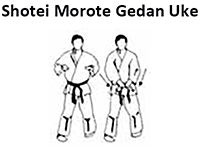 Shotei Morote Gedan Uke
Shotei Morote Gedan Uke
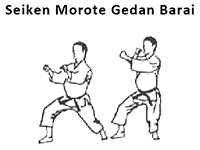 Seiken Morote Gedan Barai
Seiken Morote Gedan Barai
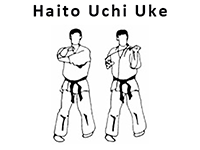 Haito Uchi Uke
Haito Uchi Uke
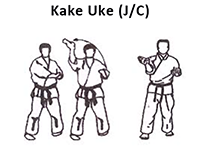 Kake Uke
Kake Uke
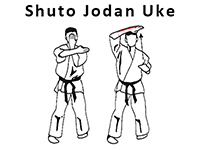 Shuto Jodan Uke
Shuto Jodan Uke
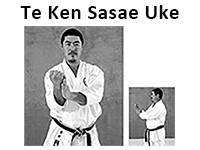 Te Ken Sasae Uke (Morote Uchi Uke)
Te Ken Sasae Uke (Morote Uchi Uke)
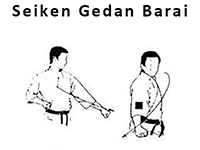 Seiken Gedan Barai
Seiken Gedan Barai
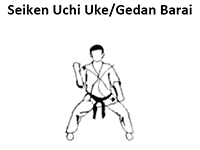 Shotei Yumi Barai (Kataguruma)
Shotei Yumi Barai (Kataguruma)
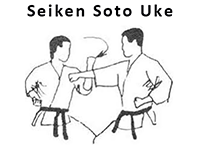 Seiken Soto Uke
Seiken Soto Uke
 Seiken Uchi Uke / Gedan Barai
Seiken Uchi Uke / Gedan Barai
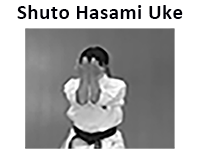 Shuto Hasami Uke (Shuto Morote Oroshi Barai)
Shuto Hasami Uke (Shuto Morote Oroshi Barai)
Kihon Jutsugo
Kamae - 構え, means posture or base. Kamae is to be differentiated from the word Dachi - 立ち. Dachi refers to the position of the body from the waist down, Kamae refers to the posture of the entire body, as well as encompassing one's mental readiness.Kamae
Mokusō - 黙想, means meditation, part of the training of mushin; the call to meditate.Mokuso
Hajime - 始め, means begin.Hajime
To look at the sky.Kanku
Seika tanden 臍下丹田, Lower abdomen; center of the abdomen; Litalary: 'the red rice paddy below the navel'.Seika Tanden
Spirit unification; the union of breath and energry in a cry.Kiai
Hikite - 引き手 means drawing hand: Hiku - 引き, to draw or pull, and Te - 手, the hand.Hikite
HandTe
FistKen
ForearmKote
Supported blockSasae Uke
Hand throwing technique in JudoKataguruma
Posture in Seienchin after KATAGURUMA (a judo throw).Seienchin no Kamae
Ibuki is karate’s hard breathing method. Ibuki breathing is a study of tension, which is necessary to truly understand relaxation. While ibuki breathing serves as a dynamic tension exercise, its true value is ki development, since it teaches the breathing control necessary for kiai. Ibuki breathing is performed in two ways, one long, and one short. Ibuki
Naore - 直れ, is a command to go back into the beginning Kamae.Naore
Yasumi - 休み, is a command to rest or relax.Yasume
